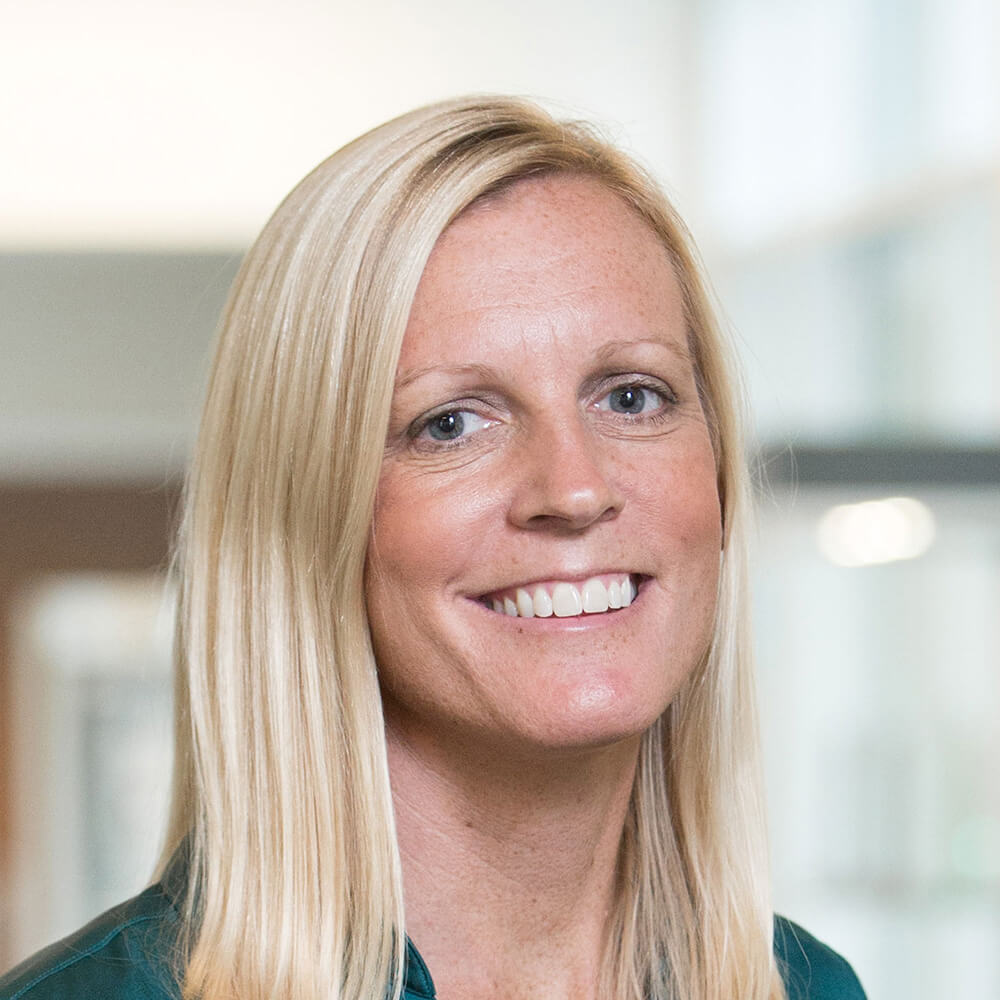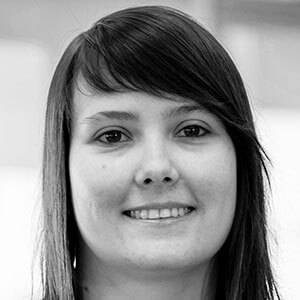
23 OCT
Laboratory Committee Meeting
24 OCT
Educational Workshops & Presentations
25 OCT
Clinical Committee Meeting
Tecnocampus Conference Centre — Mataró, Spain
Hosted by TIC Salut Social Foundation
Workshop & Presentation Schedule
THURSDAY, 24 OCTOBER 2019
Downloads of presentation slides for each session will be made available to workshop registrants after the event. Note: Videos will NOT be available for this event.
Slide downloads are available only to registrants of this LOINC Conference
Registration
Please arrive early to pick up your registration packet. Full continental breakfast will be provided.
Plenary
Welcome to the LOINC Conference
An overview and welcome to our new event format, the LOINC community, the standard, and how it's being used around the world.
Break
Your
Choice
LOINC for Beginners

- Daniel Vreeman, PT, DPT, MS
RTI International
LOINC is the universal standard for identifying health measurements, observations, and documents. It is now ubiquitous in health data systems worldwide, and is an essential ingredient of system interoperability. This tutorial presents an overview of LOINC and its use around the world, discusses the LOINC concept model and data structures, and describes the resources available for implementing LOINC. If you are new(ish) to LOINC, this session should be your starting point.
FHIR and FHIR tools for Forms, Flowsheets and Medical Record Retrievals

- Clem McDonald, MD
U.S. National Library of Medicine
This presentation will describe the spectrum of requirements for use of LOINC in the US included the FHIR Core standard. We will also describe a number of Lister Hill-developed open source FHIR-support tools that take advantage of a LOINC scaffolding. These include 1) a implementation of FHIR Questionnaire and Structured data capture (also delivered by LOINC's FHIR Server) which generate web based input forms on the fly, form builder with which users can create new questionnaires, FHIRPath an X-path like FHIR data manipulator that includes mathematical expressions, and conditional logic, FHIR flowsheet that will display full or compressed views of medical record time series data and cross patient observation viewer for retrieval of observations from across many patients' medical records. All of these tools are written in JavaScript, supported as SMART on FHIR apps and depend upon LOINC to achieve their full potential. We will demonstrate these tools and provide download access to them.
Coffee Break
Refreshments will be available on the first floor in the main meeting area.
Your
Choice
Successful LOINC Mapping Tactics

- Pamela Banning, MLS(ASCP)cm, PMP(PMI)
3M Medical Informatics
Pam provides the tactics to shine in your terminology project! From pre-analytical to post-analytical with everything in between, you will leave this workshop knowing "You Got This!"
Tactics developed over 25 years, across multiple environments and laboratory systems. Content useful for novice to intermediate LOINC students.
Using LOINC and HL7 FHIR to Create Plug-and-play Interoperability

- Stanley M. Huff, MD, CMIO
Intermountain Healthcare
This session will describe the use of LOINC in defining FHIR Resource Profiles as the basis for plug-and-play (semantic) interoperability. There will be a brief introduction to why semantic interoperability is important, followed by a description of what is needed at the technical level to achieve interoperability. The session will include a description of the work of the Clinical Information Modeling Initiative, as well as a brief outline of interoperability activities like the Argonauts, LIVD, and SHIELD.
Break
Your
Choice
LOINC Collections: Documents and Panels

- Jami Deckard, MS
Regenstrief Institute
In this session, we will cover how collections of clinical information are represented as panels and documents in LOINC. We will briefly explain the LOINC model for panels and walk through the business rules for mapping your local panels to LOINC panels, including required versus optional elements, mass versus substance term substitutions, and methodless terms versus codes with methods. For clinical documents, we will cover the purpose and development of the detailed concept model for clinical document titles known as the LOINC Document Ontology. We will describe their widespread use in standards like HL7 CDA, explore how you can make use of these terms in your IT systems, and highlight future directions and how you can get involved in this dynamic content area.
LIVD and the Experience of an In Vitro Diagnostic Manufacturer



- Andrea Pitkus, PhD, MLS(ASCP)CM
University of Wisconsin-Madison - Xavier Gansel
bioMérieux - Stéphane Agay
bioMérieux
Part 1: Learn about the recent LIVD Standard, designed to assist laboratory professionals with providing LOINC codes they can use to map to the laboratory test results corresponding to the IVD systems in their laboratories. Come walk through the standard features and review examples from IVD vendors demonstrating its use, scope, and benefits. We'll discuss the Excel and FHIR (Fast Healthcare Interoperability Resources) formats, and what's next for this valuable resource.
Part 2: bioMérieux, a world leader in microbiology in vitro diagnostic devices, will present its commitment to embrace the lab. data semantic interoperability challenge. In this respect, we will highlight key items of our interoperability vision, our involvement on LOINC, our LOINC and LIVD deliverables made available to our customers. We will also illustrate our implication on related standardization activities such as the US-SHIELD project, CLSI AUTO16 and future CLSI AUTO17 standards. We will also present some of the challenges found on the field.
Lunch
Catered lunch including vegetarian options to be provided on the first floor in the main meeting area.
Plenary
Plenary Panel: Experiences and Lessons Implementing LOINC from Three Regions





- Ariadna Rius Soler
TIC Salut Social (Catalonia) - Elena Cardillo, PhD
National Research Council of Italy - Dirk Bakkeren, PhD
Máxima Medisch Centrum (Netherlands) - Feikje Hielkema, PhD
Nictiz (Netherlands) - Ruben Smeets, PhD
Radboud University Nijmegen (Netherlands)
This plenary presentation will share perspectives, approaches, and lessons learned from implementing LOINC in three different regional efforts. Panelists will share their experiences using LOINC to promote interoperability in large scale eHealth projects.
Break
Your
Choice
Management of Semantics in Structured Laboratory Reports through LOINC

- Roberta Gazzarata
Healthropy srl / HL7 Italy Board
The crucial aspect for health data exchange is the use of common standards not only in structuring and sharing documents but also in semantics. Laboratory data are one of the most widespread typologies of exchanged information. The use of LOINC, a publicly available standard, globally adopted to identifying laboratory tests, to map local codes allows an easier processability of data. However, the task of mapping can be daunting because it is a complex and resource demanding process. In Veneto Region (Italy), with 5 millions of citizens and 23 laboratories, we attempt to achieve a high level of interoperability and clinical data sharing, focusing especially on the management of semantics: a solution capable to manage the mapping is utilized in order to permit all the regional laboratories to use LOINC codes in structured laboratory reports. The standardized results within laboratory reports can be machine-processed to enhance the safe and effective clinical care and to improve medical research and statistical population analysis.
Use of LOINC and UCUM in Clinical Research

- Jozef Aerts
XML4Pharma
LOINC and UCUM have been neglected for a long time in clinical research. CDISC (Clinical Data Interchange Standards Consortium) even developed its own lists of lab tests and units for use in submissions to the FDA. The new FDA requirement to use LOINC coding in electronic submissions suddenly changed that. We will present the current status of LOINC and UCUM in clinical research, explain about pre- versus post-coordination approaches and explain how the LOINC to CDISC mapping bridges both worlds. We will also explain how important it is to already use LOINC in research protocols and in the CDISC "Therapeutic Area User Guides" (TAUGs).
UCUM usage for units remains a hot topic in clinical research. It is currently not allowed in submissions. We developed software for automated unit conversions using UCUM notation and implemented that in a RESTful web service which we made available to the NLM. Recently, we extended this RESTful web services to solve the "SI versus US Conventional Units" conversion problem, which is a huge problem in clinical research.
Break
Your
Choice
LOINC Groups: A tool for data aggregation

- Swapna Abhyankar, MD
Regenstrief Institute
Data aggregation is important for many purposes, but differences in granularity create challenges even when using standard terminologies. LOINC Groups provide a flexible, computable mechanism for rolling up LOINC terms to support aggregation. The Groups span a variety of domains, including laboratory, radiology, and clinical notes. This session will take an in-depth look at LOINC Groups as well as provide an overview of the online LOINC Groups Community Submissions portal and FHIR API-based access.
CTMAP coding tool and LOINC insights


- Gloria Gonzalez Gacio, PhD
BITAC - Mireia Rodríguez Naqué
BITAC
CTMAP is a SAAS coding tool based on clinical standards with a Clinical lab standards module (LOINC, SNOMED CT, OMIM, HPO, et al).
This tool enable healthcare information systems to capture, integrate, and share complex accurate patient data, including genomic information along with phenotypic and clinical data.
Linking clinical outcomes to new research on genetic and other molecular variation is our scope, and this has two direct benefits: physicians can easily use clinical decision support tools and obtain data related to personalized diagnostics and treatments
Through a better understanding of the cycle of disease, all these structured data will be transferred into clinical applications, thereby improving the processes of early detection, diagnosis, and treatment enhancing precision medicine workflows.
End
This concludes the day's workshops and presentations. Attendees may pick up their P.A.C.E. certificates from the registration area.
